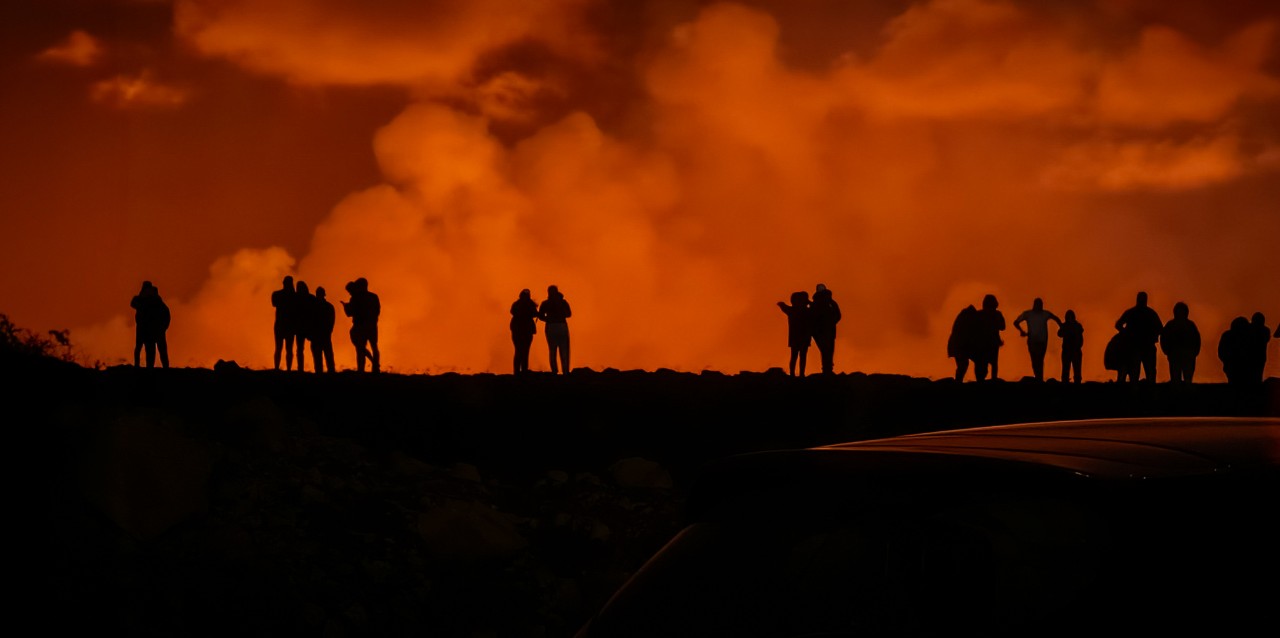
Icelandic volcano previously dormant for 800 years erupting again
UC geologist tells ABC News the eruption created a slow-moving lava flow
ABC News talked to a University of Cincinnati geosciences professor about the seventh eruption of an Icelandic volcano that prompted new evacuations and closures in a coastal hamlet.
Residents in Grindavik evacuated the town again Wednesday after a nearly two-mile-long fissure opened up, spewing lava. The lava threatened a world famous site called the Blue Lagoon.
UC College of Arts and Sciences Professor Thomas Algeo told ABC News that the eruption comes from a rift activity volcano in which deep fissures are pulled apart through the Mid-Atlantic Ridge. This differs from conical volcanoes that can have explosive eruptions.
Algeo said the eruption is far less dangerous than other types because it creates slower-moving basaltic flows of lava.
"It's a style of volcanic activity that is effusive, slow flowing, not violently eruptive, like would be the case with a subduction zone volcanic system" Algeo told ABC News.
The eruption is the seventh there in the past year after sitting dormant for more than 800 years.
Featured image at top: Visitors admire a volcanic eruption outside Grindavik, Iceland, in August. Officials say the volcano erupted for the seventh time this week. Photo/Maria Semenaka

UC Professor of Geosciences Thomas Algeo stands in front of rock cores. He studies some of Earth's biggest natural calamities. Photo/Andrew Higley/UC Marketing + Brand
Related Stories
Icelandic volcano previously dormant for 800 years erupting again
November 22, 2024
UC geosciences Professor Thomas Algeo tells ABC News that the latest eruption of an Icelandic volcano created slow-moving lava flows that endanger parts of a coastal town.
Children learn about UC science, engineering majors during visit
February 19, 2025
Students from the Clifton Area Neighborhood School visit UC to get an introduction to subjects such as science, Classics and engineering.
Local 12: UC investigates potential PFAS contamination in groundwater
May 9, 2024
Local news media highlight UC project to study contamination in groundwater in southwest Ohio.
